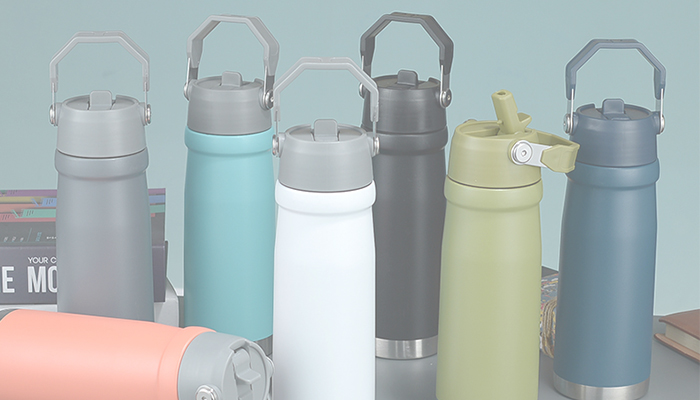When it comes to photography, lighting is arguably the most critical element that can make or break an image. Achieving even lighting is essential for creating visually appealing photographs that draw the viewer's eye and convey the intended mood. In this article, we will explore advanced techniques and tips for achieving even lighting in your photography, ensuring that your images are both professional and captivating.
Understanding the Importance of Even Lighting
Even lighting refers to a uniform distribution of light across the subject, minimizing harsh shadows and bright spots. This type of lighting is particularly important in portrait photography, product photography, and any scenario where detail and texture are paramount. Uneven lighting can lead to distractions, loss of detail, and an overall unprofessional appearance. By mastering even lighting, photographers can enhance their work's aesthetic quality and storytelling potential.
Techniques for Achieving Even Lighting
- Utilize Soft Light Sources
Soft light is your best friend when it comes to achieving even illumination. Soft light reduces harsh shadows and creates a gentle transition between light and dark areas. Here are some ways to achieve soft lighting:
- Diffusers: Use materials like softboxes, umbrellas, or even sheer curtains to diffuse direct light. This will spread the light more evenly across your subject.
- Natural Light: Shooting during the golden hour or on overcast days can provide soft, diffused natural light. Position your subject near a window with sheer curtains for optimal results.
- Employ Reflectors
Reflectors are an excellent tool for bouncing light back onto your subject, filling in shadows and creating a more balanced exposure. Here are some tips for using reflectors effectively:
- Types of Reflectors: Use white, silver, or gold reflectors depending on the desired effect. White reflectors provide neutral light, silver reflectors add contrast, and gold reflectors impart a warm glow.
- Positioning: Experiment with the angle and distance of the reflector to find the sweet spot that fills in shadows without creating additional hotspots.
- Control Your Environment
The environment in which you shoot can significantly impact lighting. Here are some strategies to control your surroundings:
- Choose the Right Location: Look for locations with even, diffused light. Avoid areas with mixed lighting sources, as they can create color casts and uneven illumination.
- Modify Backgrounds: Use neutral or light-colored backgrounds to reflect light back onto your subject, enhancing overall illumination.
- Use Multiple Light Sources
When working in a studio or controlled environment, using multiple light sources can help achieve even lighting. Here’s how to do it effectively:
- Key and Fill Light: Use a key light as your main light source and a fill light to soften shadows. Adjust the intensity of the fill light to achieve the desired balance.
- Backlighting: Incorporate backlighting to create depth and dimension. Ensure that the front lighting is strong enough to maintain even exposure across the subject.
Advanced Techniques for Even Lighting
- Light Metering
Understanding how to use a light meter can greatly enhance your ability to achieve even lighting. A light meter measures the light falling on your subject, allowing you to adjust your settings for optimal exposure. Here are some tips:
- Incident vs. Reflective Metering: Use incident metering to measure the light falling on the subject rather than the light reflecting off it. This method provides a more accurate reading for even lighting.
- Zone System: Familiarize yourself with the Zone System to understand how to expose for different tonal ranges, ensuring that highlights and shadows are well-balanced.
- Post-Processing Techniques
Even lighting can also be achieved in post-processing. While it’s always best to get it right in-camera, software like Adobe Lightroom or Photoshop can help fine-tune your images:
- Adjusting Exposure: Use the exposure and highlights sliders to balance out any uneven lighting in your image.
- Dodge and Burn: Employ dodging and burning techniques to selectively lighten or darken areas of your photograph, achieving a more even overall exposure.
Conclusion
Achieving even lighting in photography is a skill that requires practice, experimentation, and a keen understanding of light. By utilizing soft light sources, reflectors, and multiple lighting setups, as well as mastering light metering and post-processing techniques, photographers can create stunning images that showcase their subjects in the best possible light. Remember, the goal is to create a harmonious balance that enhances your composition and tells a compelling story. With these techniques in your toolkit, you’ll be well on your way to mastering the art of even lighting in photography.


